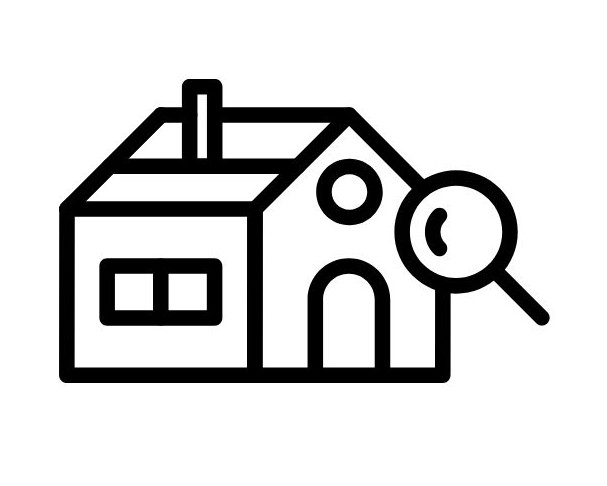Conveyancing is the legal process of transferring property ownership from one person to another. Whether you’re buying or selling a home, conveyancing ensures that the transaction is handled properly, and all legal requirements are met.
This process is usually carried out by a qualified property solicitor or licensed conveyancer. Their job is to manage the legal side of your move—checking for any issues, preparing the necessary paperwork, and making sure everything is in place for a smooth and secure transfer of ownership.

So What Do Conveyancers Do?
Conveyancers take care of all the behind-the-scenes legal work that’s required during a property transaction. This includes:
- Conducting property searches
- Reviewing title deeds of the property to confirm the seller has legal ownership.
- Checking land registry records.
- Identifying any possible legal charges or restrictions that could affect the property.
- Reviewing contracts – ensuring all terms are fair and nothing is missing.
- Liasing with all parties – estate agents, other solicitors etc.
What Kind of Searches do Conveyancers Do?
Searches are a crucial part of the conveyancing process. These help to uncover any hidden risks that might affect your decision to buy or the property’s future use.
These are the most common types of searches:
- Environmental search – checks for flood risk, land contamination.
- Local authority searches – reveals things such as any planning issues, road schemes, local land charges.
- Water & Drain searches – confirms the property is connected to mains water and sewers.

At Simply Move Home, we make finding a trusted conveyancer simple, quick, and stress-free. We provide you with four quotes from four different firms so you can compare and choose the one that fits your needs the best.
Whether you’re buying your first home, upsizing, or investing, our mission is to make the legal side of moving easier, clearer, and more affordable.
Freehold vs Leasehold: Why it Matters in Conveyancing
If you’re buying a freehold property, that means you are purchasing the building and land it sits on. Meanwhile if you’re buying a leasehold property, you’re buying the right to live in the property for a fixed term and you won’t own the land. Flats are typically leasehold, and your conveyancer will need to check details such as the length of the lease, service charges and ground rent terms.
You can read more about this in our blog titled Freehold vs Leasehold: What Every Property Buyer Needs to Know.
What Happens on Completion Day?
It’s the moment you’ve been working toward – completion day!
On completion day, your solicitor will transfer the purchase funds to the seller’s solicitor. Once that is confirmed, you will get the green light to collect the keys and move into your new home!

Your conveyancer will also handle the final steps, such as paying Stamp Duty Land Tax (SDLT) and registering your new ownership with the Land Registry.
In Summary…
Conveyancing is one of the most important parts of the property process. From reviewing contracts to carrying out essential legal checks, your conveyancer is there to protect your interests and make sure everything is done by the book.
At Simply Move Home, we take the stress out of finding the right legal help by connecting you with trusted conveyancing solicitors—quickly, clearly, and with no hidden surprises. Whether you’re buying your first home or making your next move, we’re here to support you at every step.
🔎 Ready to get started? Get your free conveyancing quotes in under 20 seconds here.
